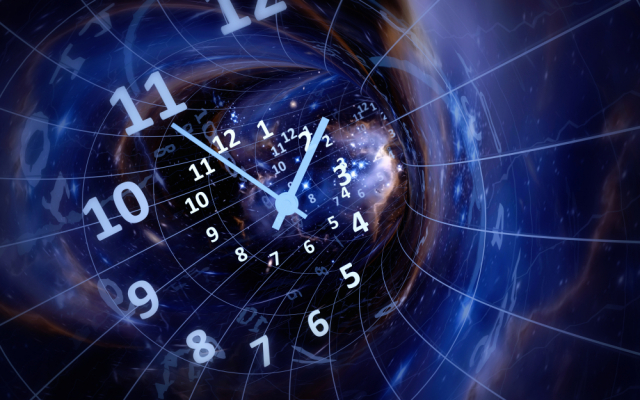Chronostasis
Can time stand still? For the human psyche, it can. This phenomenon is called chronostasis. To illustrate it, as a rule, give the example of the second hand. If a person’s gaze inadvertently lingers on the dial, the second hand seems to stop briefly, and its next “tick” seems longer.
The phenomenon of chronostasis is explained by the peculiarities of human vision. Our eyes continuously make saccades – quick movements that seem to scan the surrounding world. If a person perceived reality the way a video camera does, he would see everything blurred.
But our brain suppresses the data that is received by the optic nerve as a consequence of a saccade and prolongs the distinct image received before it begins. Chronostasis is a different way to experience this feature of vision. Faced with a new movement, the brain makes a kind of screenshot, subsequently bringing the perception of time to the usual one.
Recalibration
Humans receive data through a variety of sensory channels, not all of which are equally fast and efficient. For example, in low visibility conditions, vision is impaired and visual information slows down. In good light conditions, tactile information takes longer to process than visual information.
For example, while walking through a forest, a person steps on a branch and hears a crunch. Is the crunch actually caused by the branch he trampled? Or maybe it was a predator crunching nearby? To survive, humans need to know this, causing the brain to synchronize sensory channels and motor skills.

